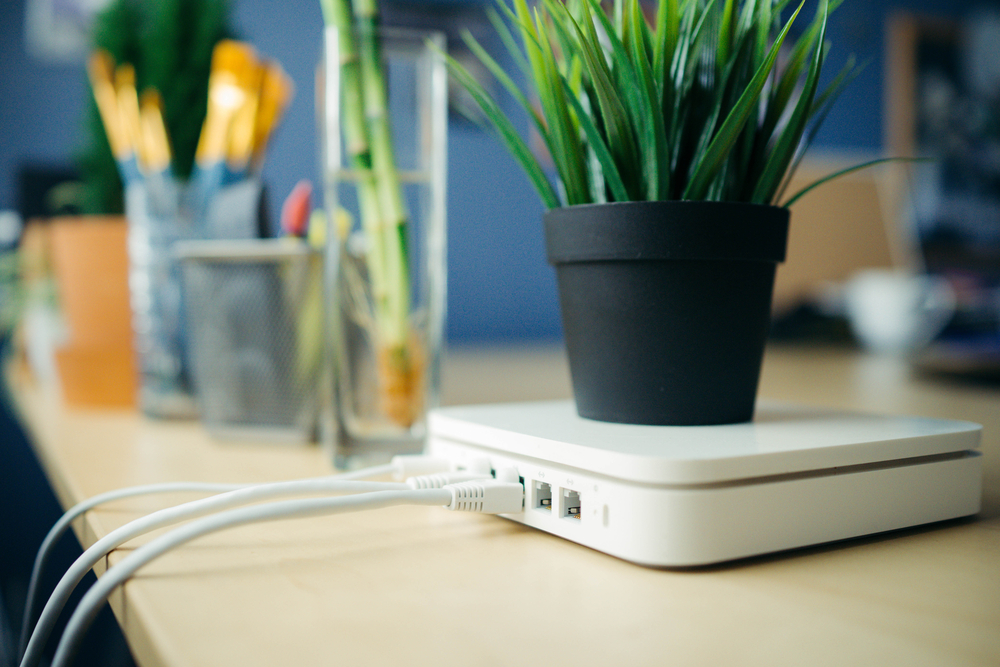Wi-Fi. It’s seemingly ubiquitous these days. But as we use it, we are also aware that bad actors have found Wi-Fi useful as a way to steal our information and hack into our devices. Today I want to talk about tips for securing your home Wi-Fi connection. In a later blog post I will offer some tips that cover how to protect your security when using public Wi-Fi Networks. Finally, I will write another post about how to secure Wi-Fi networks in the business.
Some Obvious Tips for Securing Your Home Wi-Fi Connection
You can find lots of tips for securing your home Wi-Fi connection. Here is one article that I found useful. Let’s start with a couple of the more obvious tips.
- I’ve talked about the need to keep your systems patched. This is one of the most basic cyber security defenses you can take. It shouldn’t be surprising then, that this is also a tip for securing your home Wi-Fi connection. You want to make sure that your Wi-Fi router gets regular firmware updates. It’s more common these days for routers to automatically update their firmware. But it’s possible that you need to check for and apply firmware updates manually. I find this is a good Saturday morning activity.
- Another of the more obvious steps for securing your home Wi-Fi connection is to change your router’s login name and password. After all, you’re probably not the only person who purchased this make and model of Wi-Fi router. So, don’t use the standard-issue login information! Make the bad actors work at least a little hard before they break into your home network.
- No doubt your Wi-Fi network at work is password-protected. Make sure that your home network is password-protected as well. You should be using WPA or WPA2 (Wireless Protected Access or its more recent version, Wireless Protected Access version 2) to secure your home Wi-Fi network. Older encryption protocols are easily hacked. So, make sure your network is encrypted, and use the most recent encryption protocol that your router will support.
Some Less Obvious Tips
These tips for securing your home Wi-Fi connection don’t fit into the “duh, everybody knows that” category. But they are valuable and worth considering for your home network.
- Your router probably has a WPS (Wi-Fi Protected Setup). I think of this is as a push button way to connect devices to the home network. I suggest turning WPS on if it will help you connect new devices to your network. But I would turn it off at all other times. WPS effectively uses a PIN for authentication. And PINs are easy to attack using brute-force methods.
- Speaking of things that don’t need to be running all the time, turn off your router’s remote management feature. Being able to remotely manage your home router sounds great. But realize that you rarely if ever have a need to remotely manage your home router. And leaving remote management running is equivalent to posting a big “come on in!” sign on the Internet.
- Lastly, one more tip for securing your home Wi-Fi connection. Set up a guest network and make sure all your IoT (Internet of Things) devices are connected to the guest network. Keep access to your main home network restricted to family. (Ideally, visitors will also connect to your guest network.) Thanks to the ubiquity of Wi-Fi, it’s possible that you have a TV, a smart home speaker, a smart thermostat, a smart video camera and security system and a camera or two all equipped with Wi-Fi and connected to your network. These IoT devices are the security equivalent of toddlers ready to stick their fingers in the electrical sockets. Be sure to get all your IoT devices connected through the guest network so that all the critical resources on your primary network don’t risk compromise.
More Tips if You Want Them
There are other tips for securing your home Wi-Fi network in the Lifehacker article I cited, but they are a little more esoteric. I think these tips will give you a great level of network security without driving you (or the family) crazy.
If these tips sound a lot like what you’ve done to secure your organization’s Wi-Fi network, congratulations on your powers of observation. As we blend professional and personal lives, our home networks and work networks start looking quite similar. So, it’s no surprise that both kinds of networks can benefit from the same security tips.
I’d say more, but I need to get home; I’ve got some home Wi-Fi router maintenance to do!





These folks wrote me to share their article about keeping home devices secure. A bit link-heavy but some good tips.
https://porch.com/advice/keep-smart-devices-secure-home